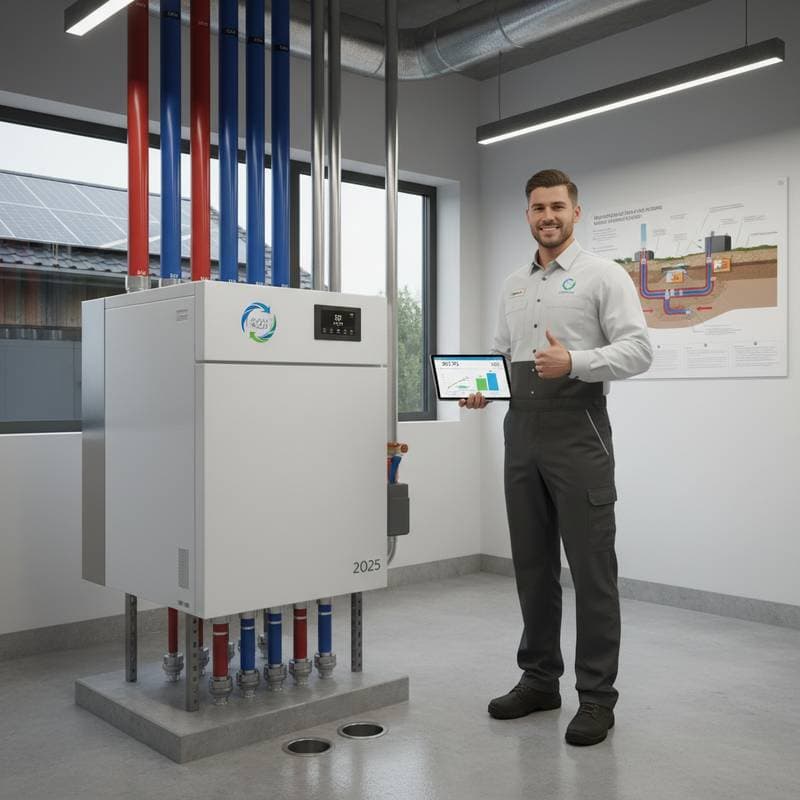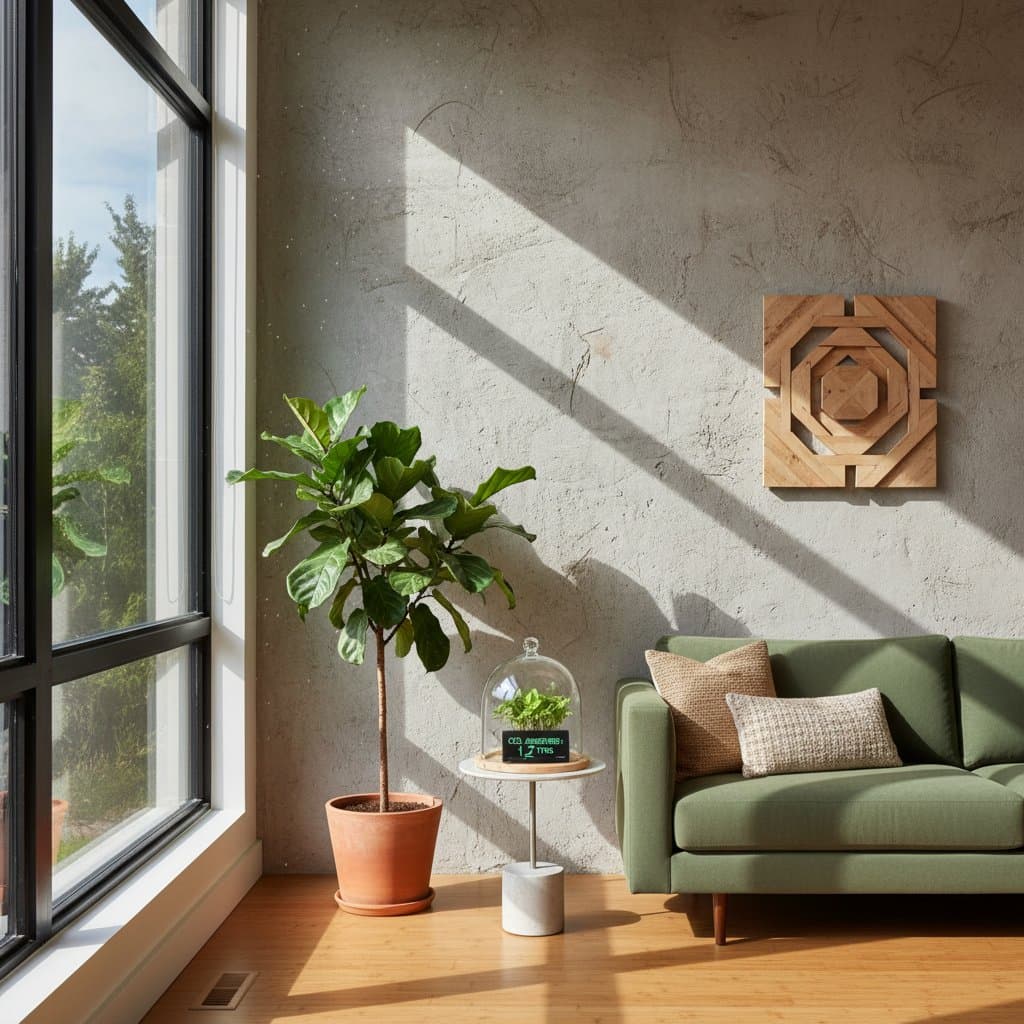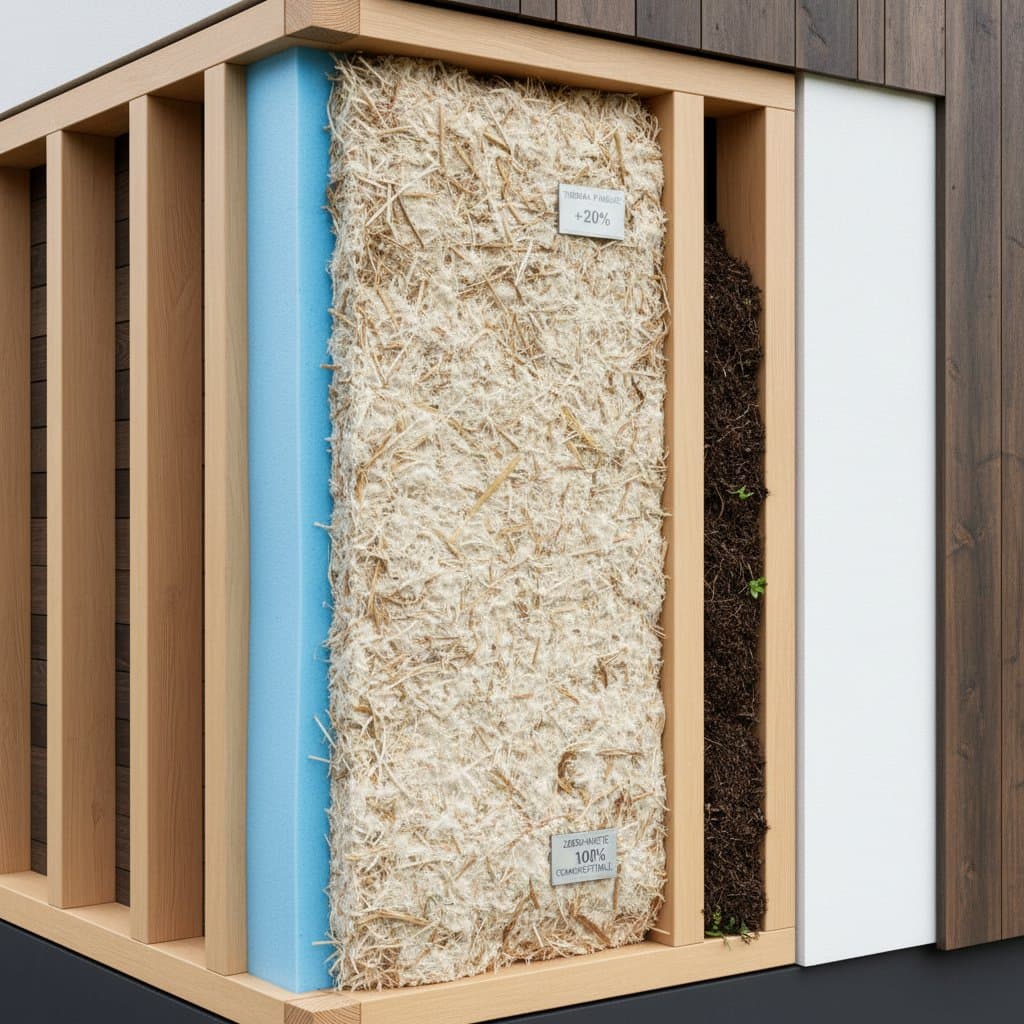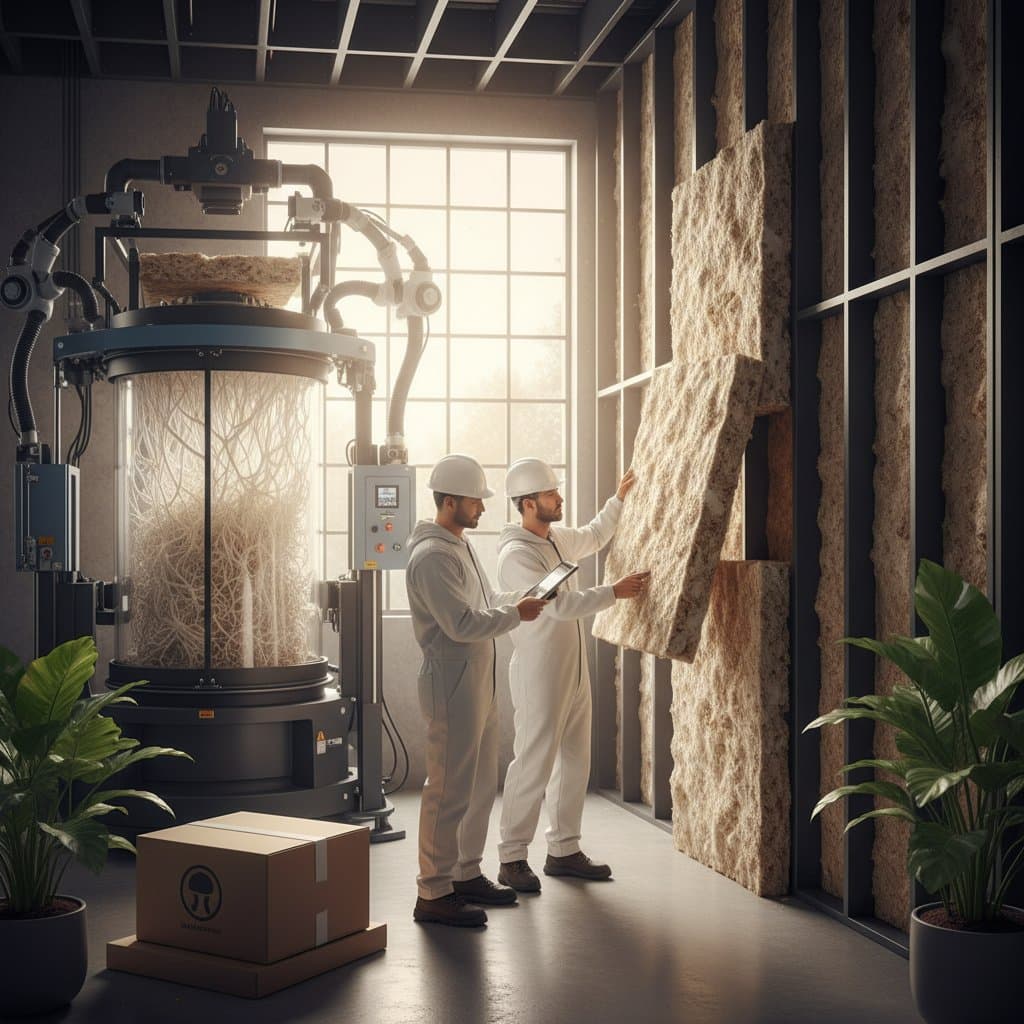Mushroom Insulation Rivals Foam at Lower Carbon Cost
Mushroom-based insulation emerges as a compelling alternative to traditional foam products. Derived from mycelium, the root structure of mushrooms, this material grows in days rather than being manufactured through energy-intensive processes. Homeowners seeking sustainable options find it particularly appealing for its environmental benefits and performance characteristics.
What Is Mycelium Insulation?
Mycelium insulation consists of fungal networks combined with agricultural waste like corn stalks or hemp hurds. Producers inoculate these substrates with mycelium, which binds the particles into a solid mass over a short growth period. The result forms lightweight panels or blocks that install much like conventional insulation.
This process requires minimal energy, often using renewable sources for controlled environments. Unlike foam, which relies on petrochemicals and high-heat extrusion, mycelium insulation avoids fossil fuel dependencies. Its natural composition ensures it breaks down harmlessly at the end of its life.
How It Compares to Foam Insulation
Foam insulation, such as polystyrene or polyurethane, excels in thermal resistance with R-values typically ranging from 3.6 to 5 per inch. Mycelium insulation achieves comparable R-values, around 3 to 4 per inch, depending on density and composition. Both materials provide effective barriers against heat transfer, but mycelium offers additional advantages in moisture management and sound absorption.
Foam production emits significant greenhouse gases, contributing to a carbon footprint of up to 100 times that of mycelium per unit volume. Mycelium, grown in low-energy facilities, sequesters carbon during production and remains carbon-neutral throughout its lifecycle. Fire resistance also matches or exceeds foam, as mycelium naturally resists combustion without added chemicals.
Installation similarities include fitting into wall cavities, attics, or floors. However, mycelium panels require no protective gear beyond standard precautions, unlike foam's potential release of volatile compounds. Longevity tests show mycelium maintaining integrity for decades, rivaling foam's durability.
Environmental and Health Benefits
The low-carbon profile of mycelium insulation aligns with global efforts to reduce building emissions, which account for nearly 40 percent of worldwide carbon output. By replacing foam, builders cut embodied carbon in new constructions and renovations. This shift supports certifications like LEED for green buildings.
Indoor air quality improves with mycelium's lack of off-gassing. Foam variants often release styrene or other VOCs, linked to respiratory issues. Mycelium, being organic, promotes healthier living spaces, especially beneficial for families with allergies or sensitivities.
At disposal, mycelium composts in weeks, returning nutrients to soil. Foam, conversely, persists in landfills for centuries, complicating recycling efforts. This compostable nature closes the loop in sustainable design, minimizing waste from home improvements.
Energy Efficiency and Cost Savings
Effective insulation reduces heating and cooling demands, lowering utility bills by 10 to 20 percent annually. Mycelium's thermal performance ensures even temperature distribution, preventing drafts and hot spots. Pair it with airtight sealing for optimal results in various climates.
Initial costs for mycelium insulation range from 15 to 25 percent higher than foam, at about $2 to $4 per square foot installed. Over 20 years, energy savings recoup the premium, often yielding net gains of $5,000 or more per home. Incentives like tax credits for eco-materials further offset upfront expenses.
Practical Steps for Adoption
Assess your home's insulation needs by conducting an energy audit, identifying areas with poor performance. Consult certified installers familiar with bio-based materials to ensure proper integration. Source products from reputable growers who verify organic standards and performance data.
For DIY enthusiasts, mycelium boards cut easily with standard tools, fitting snugly into spaces. Test small sections first to confirm compatibility with existing structures. Professional oversight guarantees code compliance and maximizes efficiency.
Future Outlook for Sustainable Building
Advancements in mycelium technology promise even higher R-values and customized shapes for complex architectures. Research explores integrations with solar panels or smart home systems for enhanced performance. As production scales, costs will decline, making it accessible for widespread use.
Builders and homeowners embracing mycelium contribute to a cooler planet through reduced emissions and resilient designs. This material not only matches foam's functionality but elevates living standards with eco-conscious choices. Invest in it today for enduring benefits tomorrow.








